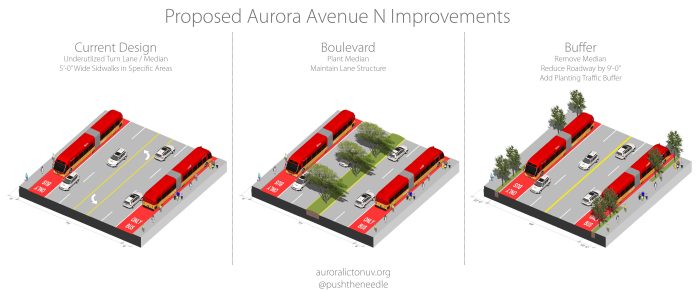You’ve driven down Aurora, but have you ever walked it? Chances are, you haven’t. And nobody would blame you. The street is not designed for you to give it a stroll. The sidewalks are narrow and are often interrupted by utility poles. Over a mile of Aurora is without a sidewalk. If you live in Shoreline or Tukwila, you benefit from an adequately planned and pedestrian oriented design. That’s because those cities have chosen to prioritize Aurora not only as a vehicle mover, but for people and livability. Cross the city line of N 145th St and enter Shoreline–a parallel universe with an adequately planned, pedestrian safe, tree-lined street. South of Boeing Field is Tukwila where the medians are planted, lined with trees, and street improvements provide a relief to the high-speed traffic. In both those cases improvements to Highway 99 have resulted in changes to the tenor of people’s lives along it.
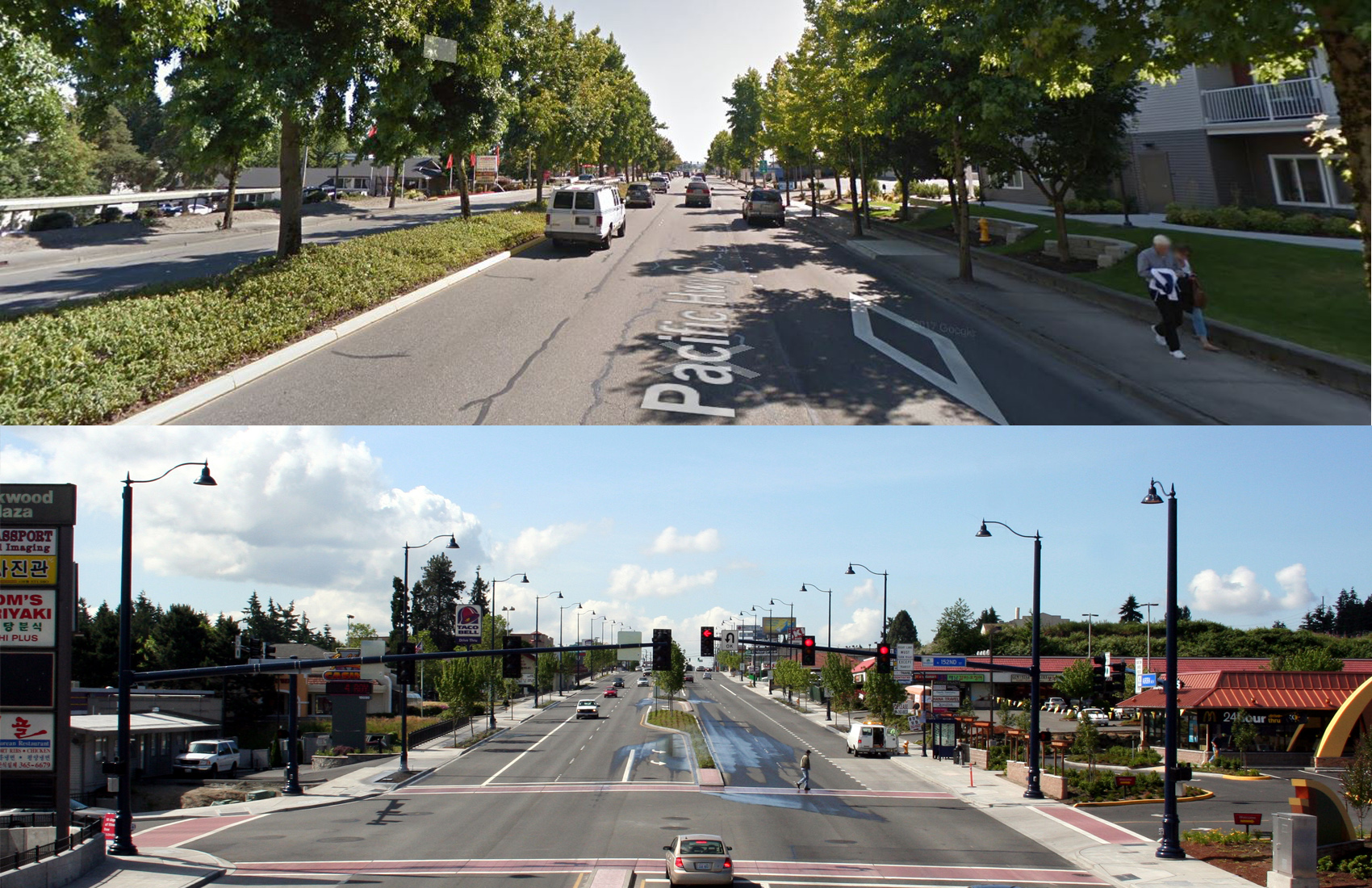
In Seattle, that’s a different story. Aurora is treated as a back alley, an afterthought, an unsafe stretch with a history of crime and pedestrian collisions. Aurora Avenue is a state highway. That means Washington Department of Transportation (WSDOT) owns all lanes which move vehicle traffic. Your local jurisdiction, in this case, Seattle Department of Transportation (SDOT), owns the medians and sidewalks. These could be planted, tree-lined, and visually appealing areas of the city as people, cars, and packed RapidRide E Line buses pass by. But in this case, SDOT ignores pedestrians on Aurora, leaving it a highway relic unsafe to anyone outside of a car and fostering the neglect and lifestyles typical of back alleys.
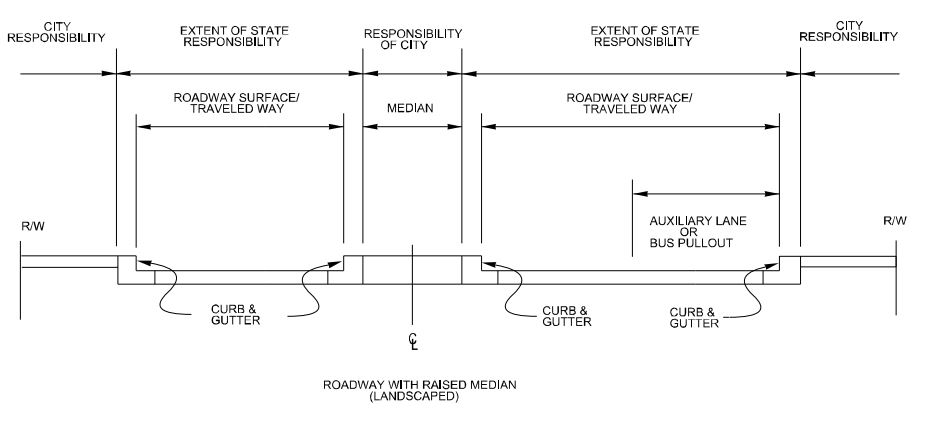
Aurora Avenue bisects and borders four urban villages north of Lake Union. Urban Villages are Seattle’s planning practice that has taken on 75% of the city’s housing growth the last 20 years and plans to bring on even more in the next two decades. One of those urban villages is the Aurora Licton Springs Urban Village (ALUV), between N 84th St and N 110th St, which is bisected by Aurora. ALUV is set for an upgraded zoning plan which will revitalize the area bringing thousands of new housing units, hundreds of new businesses, and more foot traffic to the corridor. This urban village deserves a safe pedestrian, tree lined main street. “Seattle Streets Illustrated”, SDOT’s own right-of-way manual, agrees, labeling Aurora an “Urban Village Main Street” within the Aurora Licton Urban Village. There are many ways SDOT can and should improve Aurora ranging from modest localized improvements to a dramatic revisioning.
The Boulevard
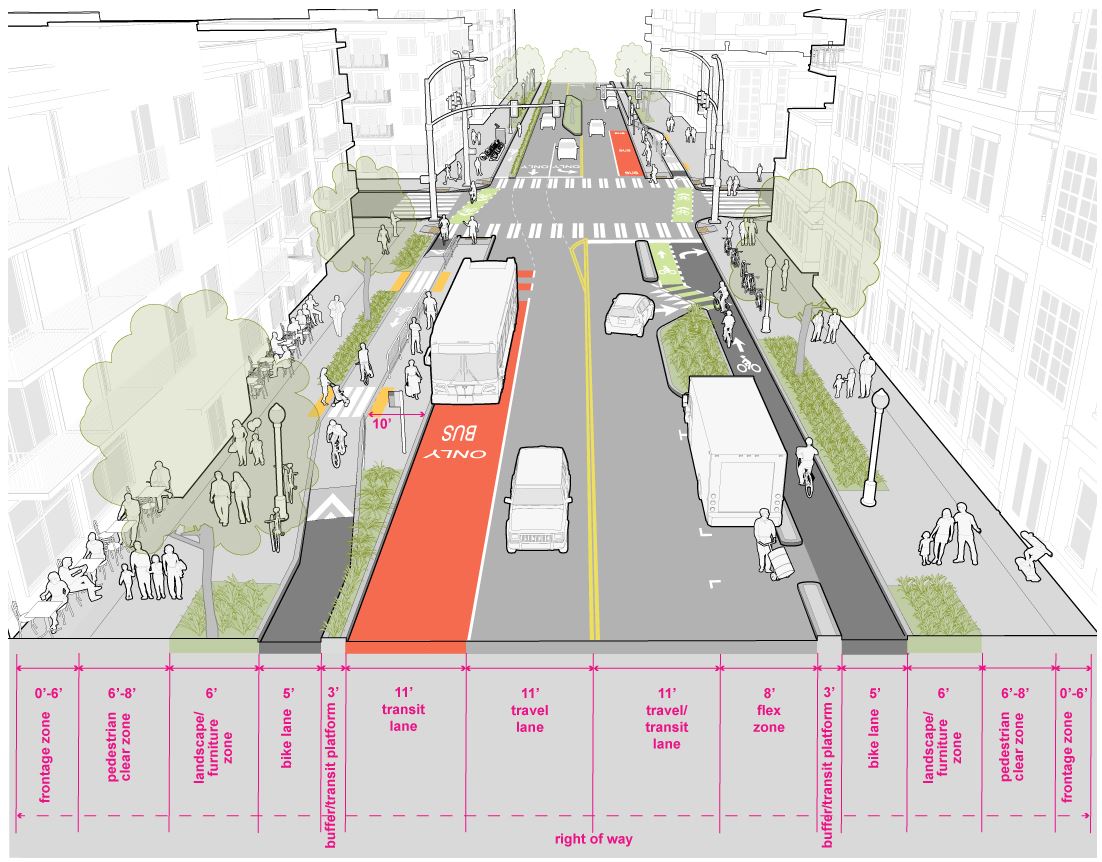
Among the options SDOT could consider, the easiest is simply planting the medians. This is the least Seattle could do. They did it in Lake City, where their state highway and urban village received the plan and funding to complete a more livable and interesting pedestrian street. Seattle’s planning department studied planted medians on Aurora in 2009, but never did anything. The opportunities to add green space, tree cover, and a natural source of water runoff collection provide a visual improvement to Aurora which is desperately needed. Not only would this visually improve the street, it would improve environmental quality as well. Urban runoff is a leading cause in flooding and water pollution. Environmental practices to protect Salmon runs rely on naturally filtered runoff.
Remove the Median
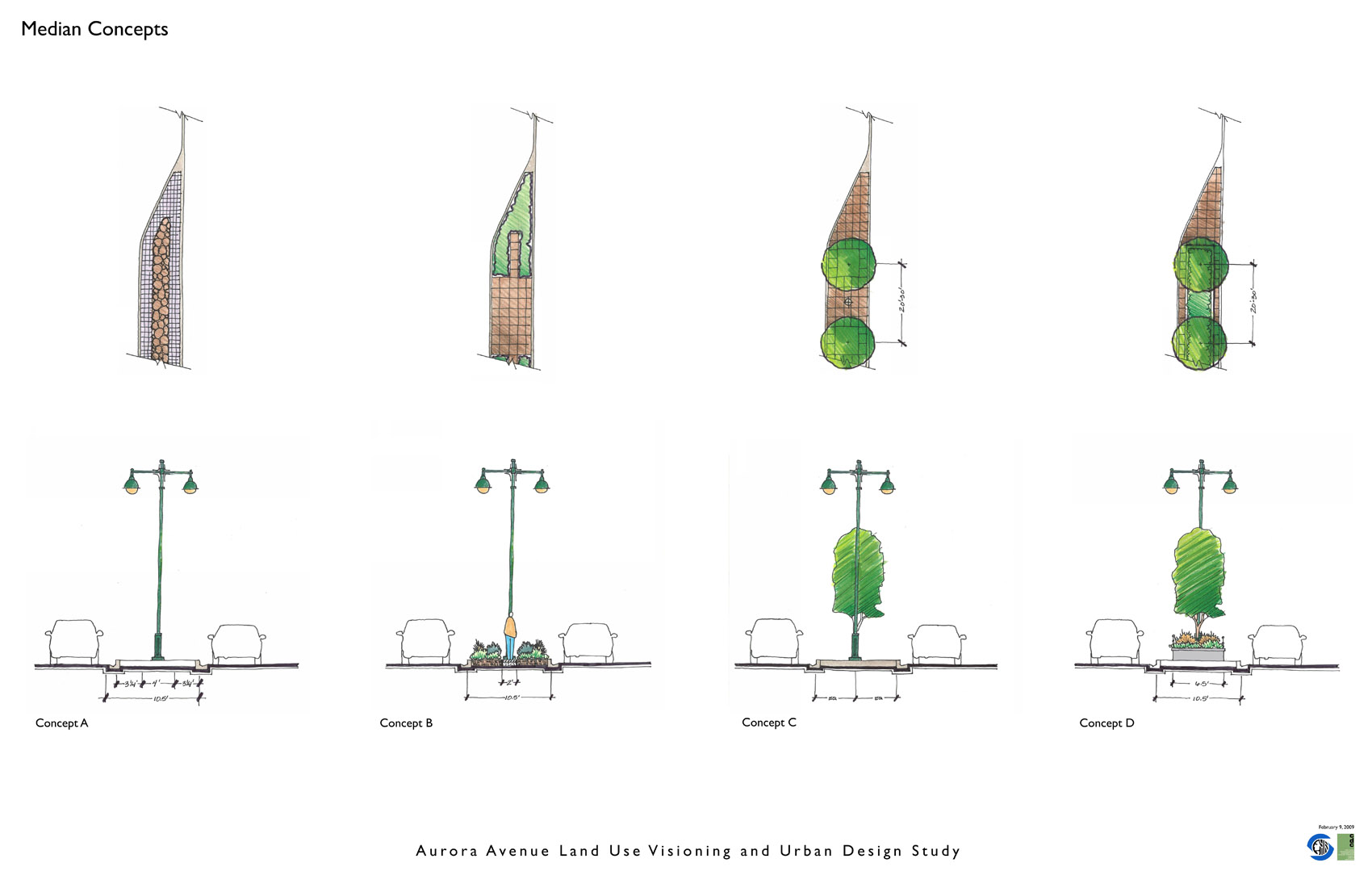
What is the purpose of this median anyway? Outside of the turn lanes at major intersections, the rest of the median remains vacant, creating only a wider barrier for pedestrian crossing. Removing it would relieve more than ten feet of road width that could be shared at the edge, providing wider sidewalks and a landscaped buffer between pedestrians and vehicles. This calms the street edge for the upcoming walkable business district and provides relief for new residents exiting to the sidewalk. Removing the middle lane also reduces the crosswalk length for pedestrians, which benefits both sides of the local business district. Of course, with WSDOT’s upcoming repaving project this fall, SDOT has missed the opportunity to coordinate this effort.
Removing Lanes
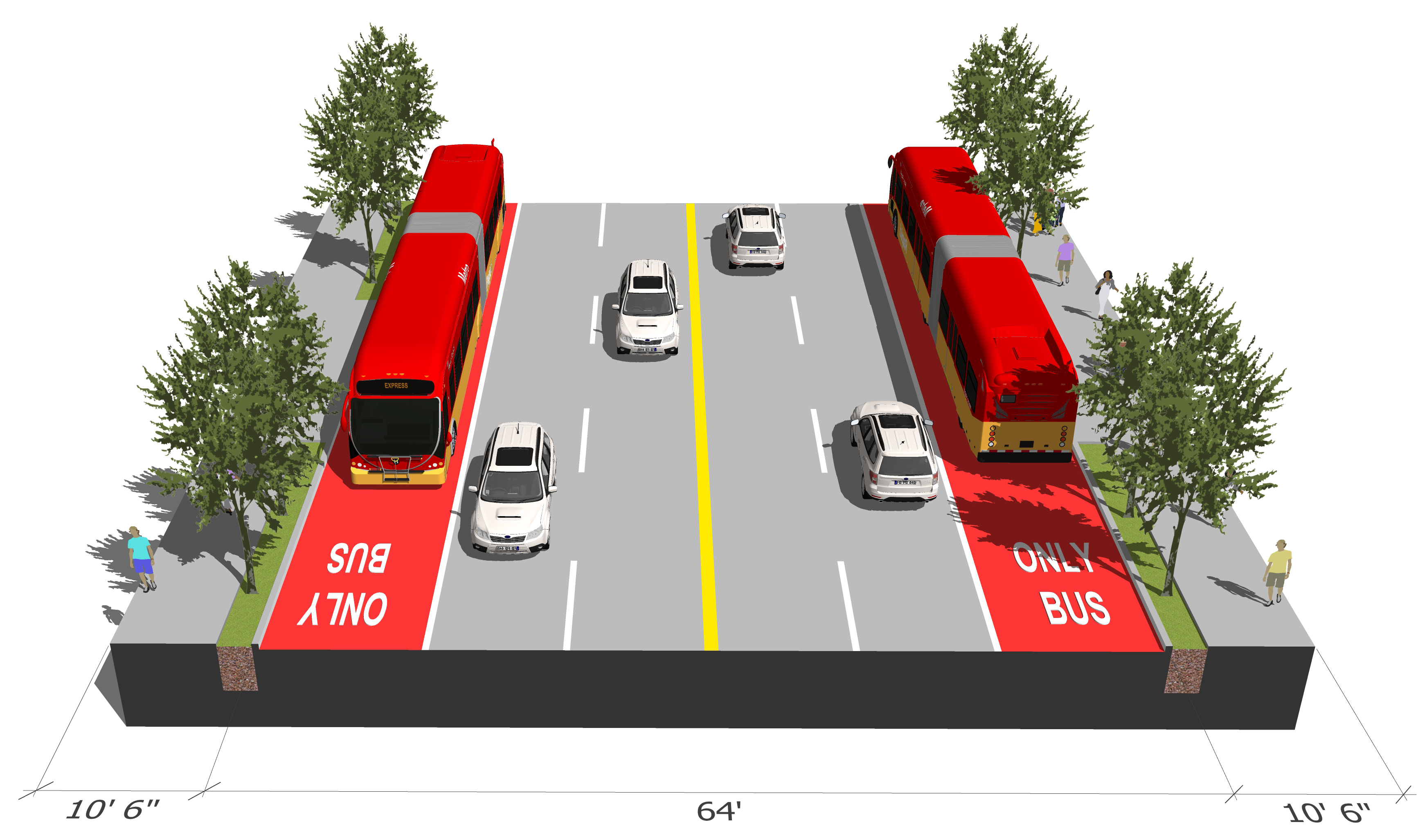
The concept most compliant with SDOT’s street designation is to remove two lanes (one each way), plant a median, and give back almost twenty feet for wider sidewalks and landscape buffers. This would adequately provide the safest Aurora, one that becomes the public park boulevard and the most revitalizing asset for all North Seattle. The greenery would provide buffers for pedestrians and a vibrant business district, while adding natural storm water mitigation measures in three key parts of the street. Traffic would slow, which seems more in line with an urban village, and pedestrians would be drawn to the former barrier bisecting the neighborhood.
Light Rail
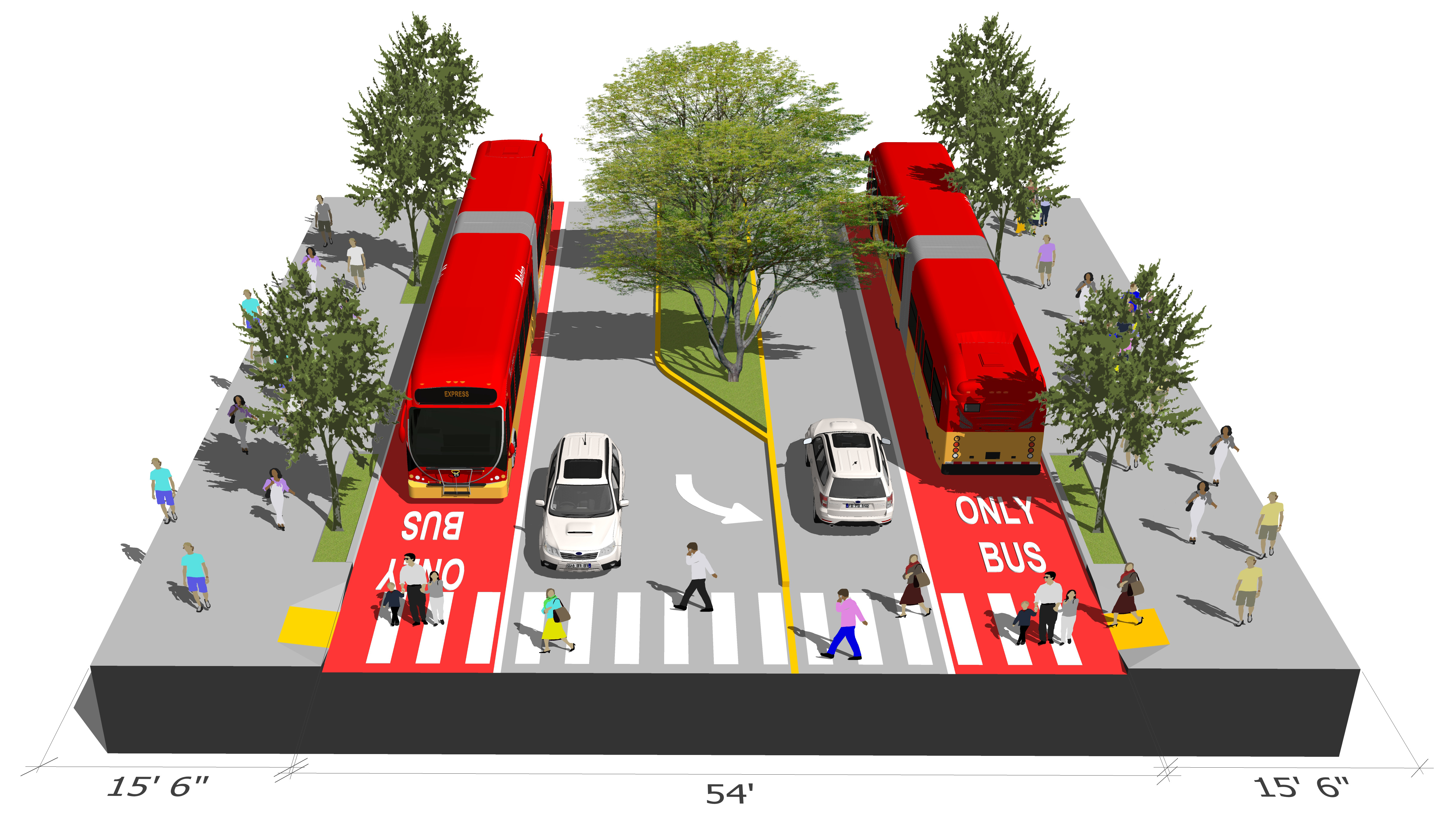
The RapidRide E Line is Kin County Metro Transit’s most boarded bus, often turning away riders during rush hour due to crowding. As the urban villages prepare for more growth, this poses a problem. The Link light rail will do four times the ridership as the E Line’s 17,000 daily riders. Seattle Subway studied a conceptual plan for Sound Transit 4 which provides a “Pink Line” up the Aurora Avenue corridor. Councilmember Rob Johnson has stated he felt the light rail should have gone up the Aurora Avenue corridor rather than I-5 back in his days as a transit consultant. This lane could be a combination of planted median and rail lines and move the most people for the growing corridor.
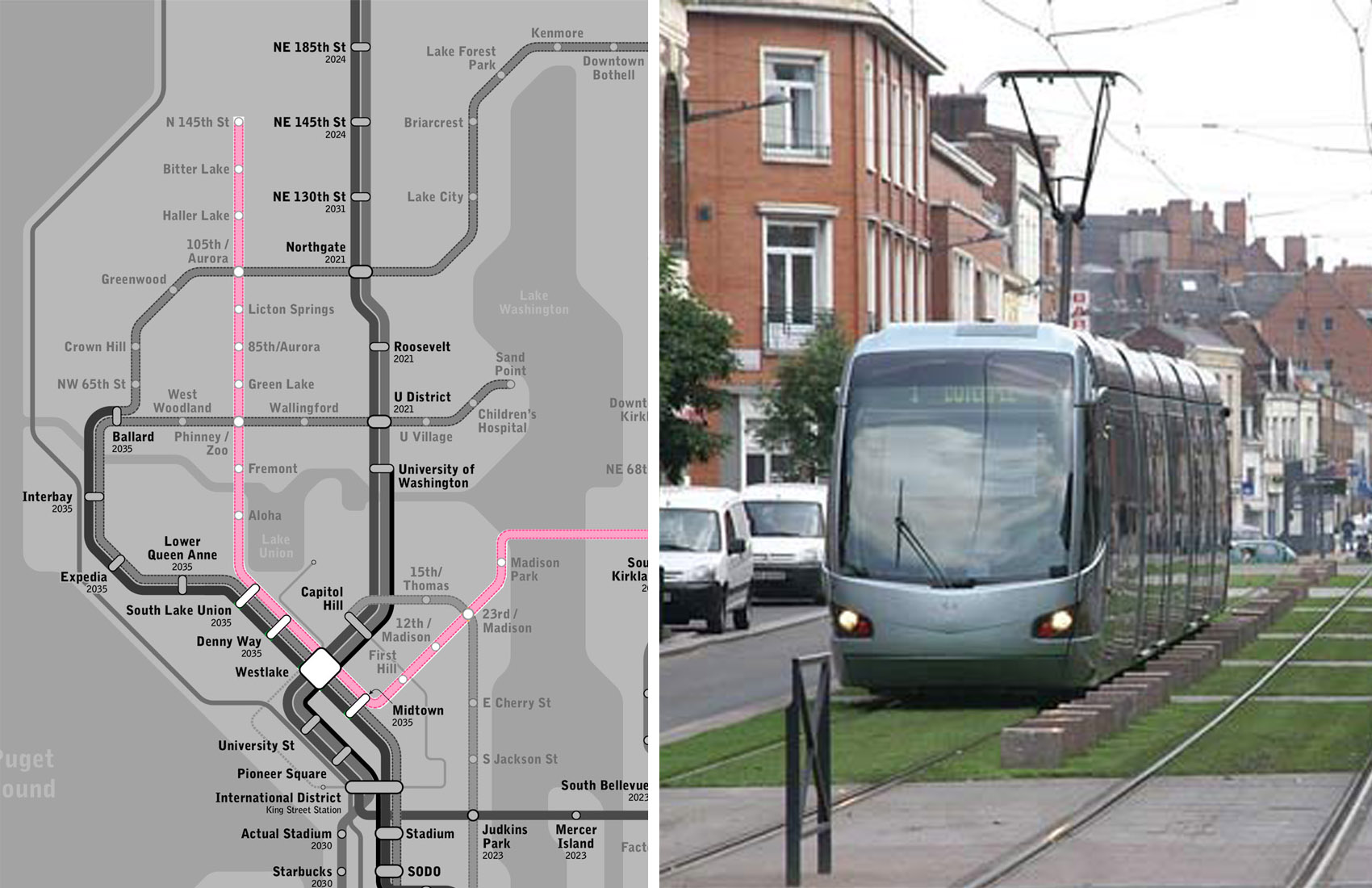
The bottom line is the city has not kept up their responsibilities. Seattle declined the state’s offer to work on improvements as they begin repaving. This shows how little Seattle values the pedestrian experience. It’s easy to label it an urban village main street and provide an illustration. And it’s easy for Seattle’s planning department to do conceptual drawings of an improved Aurora and toss them on the shelf to collect dust. The city has made Aurora a central part of four urban villages. The city needs to improve the quality of the street not just for aesthetics, but for environmental and safety reasons as well. They can improve it in Shoreline and Tukwila. What’s Seattle’s excuse?
Ryan DiRaimo is a resident of the Aurora Licton-Springs Urban Village and board member of the neighborhood group ALUV. He works at an architecture firm downtown and was a selected participant of the HALA focus group. He advocates for density, pedestrian safety and world class mass transit. You can find him on Twitter @pushtheneedle.

Ryan DiRaimo
Ryan DiRaimo is a resident of the Aurora Licton-Springs Urban Village and Northwest Design Review Board member. He works in architecture and seeks to leave a positive urban impact on Seattle and the surrounding metro. He advocates for more housing, safer streets, and mass transit infrastructure and hopes to see a city someday that is less reliant on the car.

